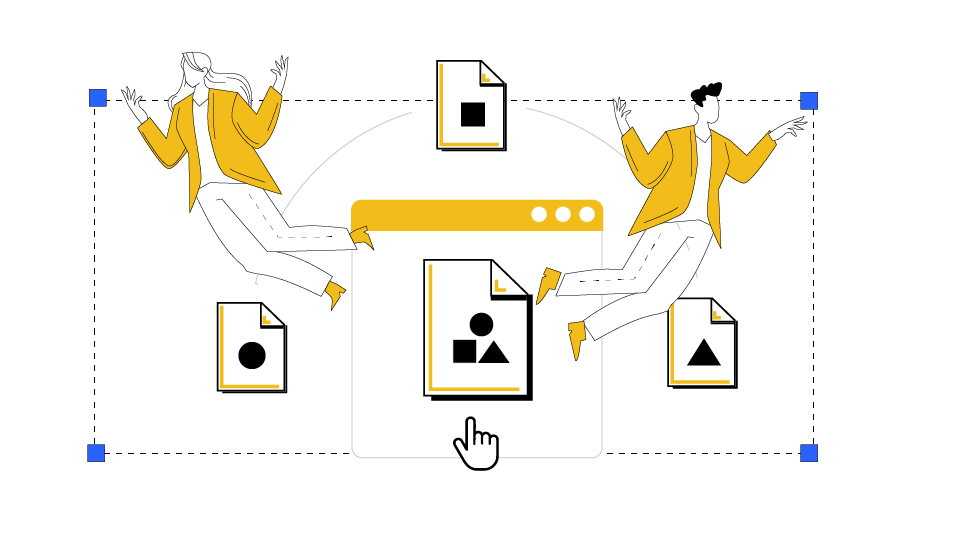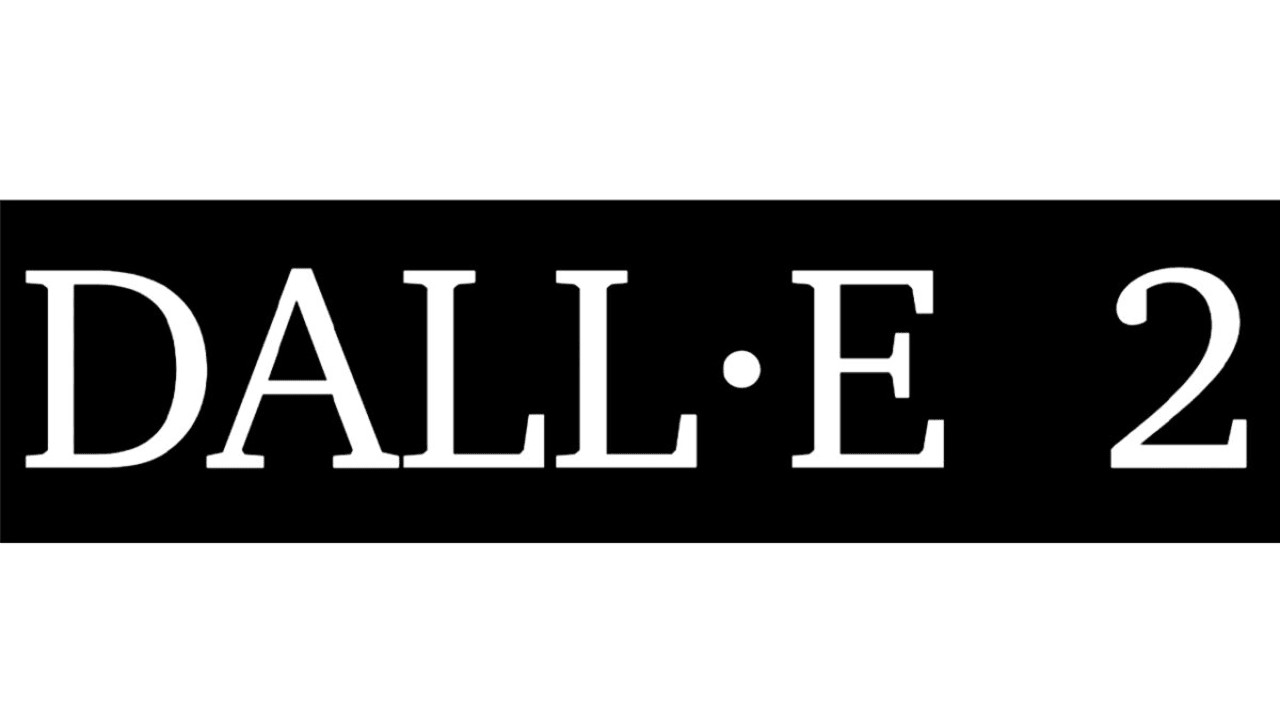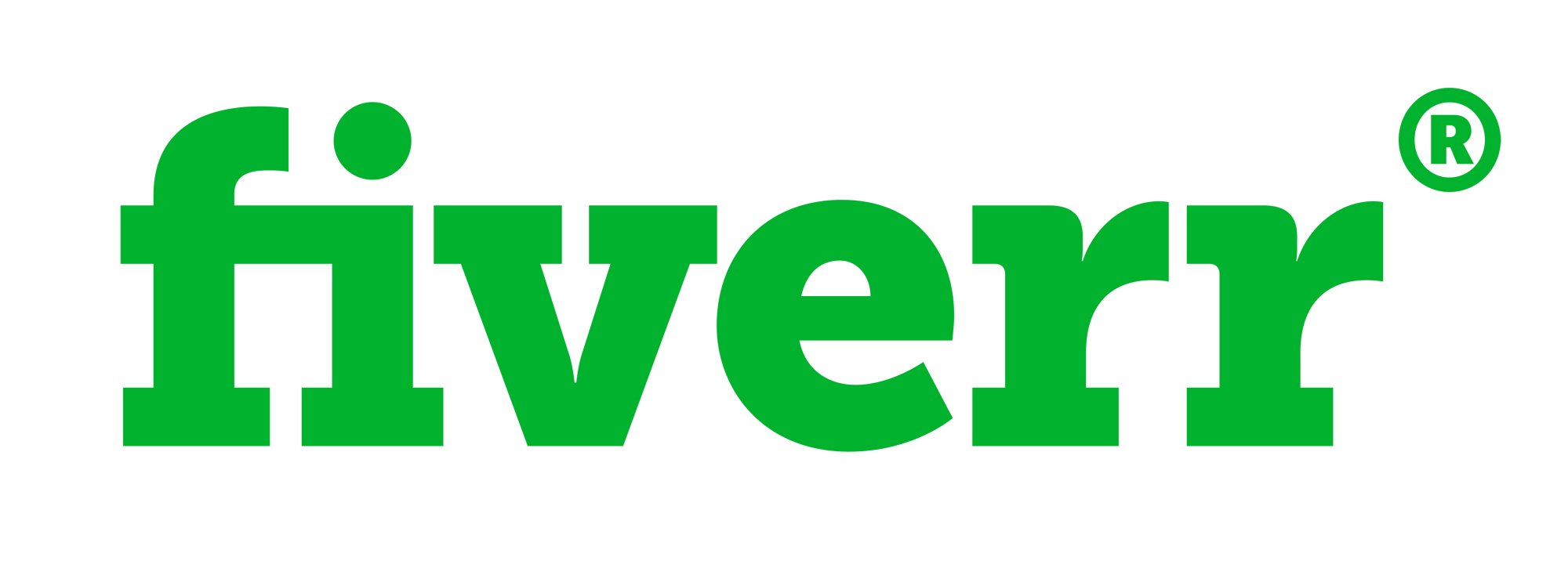Dear Web Design Expert
If you want to improve this article or suggest your version of this article, don't be so hesitant to send the letter
If you want to improve this article or suggest your version of this article, don't be so hesitant to send the letter
Example of how to write brief with essential free and paid tools and basic questions
A website is a useful tool for business, whether you use it to attract customers, make sales, or simply establish your brand. Therefore, it's important for your agency to comprehend how your new website will work with the remainder of your company.
Include a summary of your company's history, your products and consumers, your markets, your strengths or shortcomings, and your long-term goals in your website design brief.
What position do you have in your industry? Are you the most affordable option, the most expensive option, or anything in between?
There are two main options when it comes to website design, one is using free web design templates and the other is designing a website from scratch. Using free web design templates can be a cost-effective option, but it has its limitations in terms of customization, while designing from scratch allows for a more tailored design that aligns with your business and brand, but it can be more expensive. The agency will help you to decide which option is best for your business.
During the discovery phase, the designer should also consider the user experience (UX) and user interface (UI) aspects of the website. This involves identifying the needs, behaviors, and preferences of the target audience and ensuring that the website is designed to meet their needs. The designer may conduct user research, such as surveys, interviews, and usability testing, to gather insights and feedback from potential users.
In the planning stage, the designer should use the insights gathered during the discovery phase to create a user-centered design (UCD) approach. This approach involves putting the needs and goals of the user at the center of the design process. The designer should create personas, user scenarios, and user stories to help visualize the user's journey through the website and identify potential pain points and opportunities for improvement.
During the design phase, the designer will create the visual elements of the website, including the layout, color scheme, typography, and imagery. The designer should use the insights gathered during the discovery and planning phases to create a design that is aesthetically pleasing and easy to use. The designer should also consider the user interface (UI) aspects of the website, such as the placement of buttons, menus, and other interactive elements, to ensure that the website is intuitive and easy to navigate.
The designer should also create low-fidelity wireframes and high-fidelity mockups to help visualize the design and get feedback from the client and potential users. The designer should make revisions based on the feedback received to ensure that the design meets the needs of the user and achieves the project's goals.
The process of web design typically involves several stages. Here are some common stages of web design:

Build a free website with no technical skills required & bring your vision to life. With free website setup, you can launch a professional, customized site within hours.
Read moreWordPress is a free and open-source content management system written in hypertext preprocessor language and paired with a MySQL or MariaDB database with supported HTTPS. Features include a plugin architecture and a template system, referred to within WordPress as "Themes".
Google rank: 4.4
Wix.com Ltd. is an Israeli software company, publicly listed in the US, that provides cloud-based web development services. It allows users to create HTML5 websites and mobile sites through the use of online drag and drop tools.
Google rank: 6.4
| Field Name | Description |
|---|---|
| Project Description | Brief description of the business/organization/product for which the website is being developed. Project goals and target audience. Main requirements and expectations for web design. |
| Brand Information | Logos, color scheme, fonts, brand style. Links to previously used materials (brand book, layouts, etc.), if any. |
| Technical Requirements | Platform (CMS) for website development (e.g., WordPress, Shopify, or others). Integrations with other systems if required (e.g., CRM, payment systems). Requirements for responsiveness and cross-browser compatibility. |
| Functional Requirements | List of main pages and their content (e.g., home page, product/service pages, contact page, etc.). Functional elements (e.g., feedback forms, search, carousels, galleries, etc.). Special requirements for navigation and user experience. |
| Design and Content | Visual preferences (style, mood, preferred design elements). Examples of websites that the client likes (if any). Provided content (text, images, video) and its formats. |
| Schedule and Budget | Desired project completion timeline. Available budget constraints. |
| Additional Notes | Any additional information or requirements that may be important for the successful implementation of the project. |
| Contact Information | Name and contact details of the client representative. Preferred methods of communication. |
Nowadays, it is anticipated that every business would have some kind of website. But more importantly, why do you require a new one? What goals do you hope to accomplish?
Do you want to advertise new goods and services, reach out to new clients, or boost sales and leads specifically? Do you wish to improve the profile of your brand or provide them with a more reliable information source?
Or is it more about refining the design, enhancing functionality, enhancing the user experience, or simplifying the site's updating process?
Examine your current website objectively, or if you can, ask your visitors. What aspects of it do you like and dislike? What needs to change and what is doing well?
What are the new website's overarching goals? We'll typically observe a combination of the following:
Monday.com is a cloud-based platform that allows users to create their own applications and work management software. The product was launched in 2014 and in July 2019, the company raised $150 million, based on a $1.9 billion valuation. The company went public in June 2021 and is based in Tel Aviv, Israel.
Google rank: 4.4
Trello is a web-based, Kanban-style, list-making application and is developed by Trello Enterprise, a subsidiary of Atlassian. Created in 2011 by Fog Creek Software, it was spun out to form the basis of a separate company in New York City in 2014 and sold to Atlassian in January 2017.
Google rank: 6.4

Asana is a web and mobile work management platform designed to help teams organize, track, and manage their work. It is produced by the San Francisco based company of the same name. The company was founded in 2008 by Dustin Moskovitz and Justin Rosenstein. The product launched commercially in April 2012.
Google rank: 9.4
It is important for web designers to reference existing materials and competitor websites when starting a new project. This allows them to understand the client's needs and preferences more accurately. By researching similar websites and identifying what works well and what doesn't, designers can create a design that stands out and meets the client's needs.
 Designers should research their main competitors, take note of their strong and weak points, and identify areas where they can improve and differentiate from them. They should look for inspiration in other websites' layouts, color schemes, typography, photography, and unique features. By carefully studying these references, designers can create a design that is both visually appealing and functional for the target audience. Additionally, by aligning the design with the client's expectations and needs, there is a higher chance of the project being successful.
Designers should research their main competitors, take note of their strong and weak points, and identify areas where they can improve and differentiate from them. They should look for inspiration in other websites' layouts, color schemes, typography, photography, and unique features. By carefully studying these references, designers can create a design that is both visually appealing and functional for the target audience. Additionally, by aligning the design with the client's expectations and needs, there is a higher chance of the project being successful.

dALL-E is a free AI tool for creating unique web designs. It is powered by OpenAI's state-of-the-art language model, and allows users to generate illustrations by simply describing them in natural language. With dALL-E, anyone can create professional-looking illustrations without any design experience.
Google rank: 9.0
Midjourney is a free AI tool for creating unique web designs. It uses advanced Artificial Intelligence algorithms to generate illustrations and designs, and allows users to simply input a text or a concept to create professional-looking illustrations without any design experience. With Midjourney, anyone can create professional-looking illustrations quickly and easily.
Google rank: 8.7
Behance is a social media platform owned by Adobe whose main focus is to showcase and discover creative work. Behance was founded by Matias Corea and Scott Belsky in November 2005. It was acquired by Adobe in December 2012. As of October 2020, Behance had over 24 million members.
Google rank: 4.4
Pinterest is an image sharing and social media service designed to enable saving and discovery of information on the internet using images, and on a smaller scale, animated GIFs and videos, in the form of pinboards.
Google rank: 6.4
Dribbble is a self-promotion and social networking platform for digital designers and creatives. It serves as a design portfolio platform, jobs and recruiting site and is one of the largest platforms for designers to share their work online.
Google rank: 9.4
It is important for individuals or businesses to conduct early budget planning in order to control spending and guide decision-making throughout a project. Utilizing tools such as Google Sheets or other budgeting tools can help create a detailed budget plan that includes specific numbers and expenses. Conducting research on industry standard hourly rates or fixed prices for similar projects can be done using Google Search or other online resources. Additionally, utilizing Google Ads can help find cost-effective solutions for marketing and advertising expenses. By giving ample time to work on the budget before beginning the project, a well-organized plan can be presented to the relevant authorities and stakeholders, which will be greatly appreciated. Furthermore, it is also important for freelancers to establish their own hourly rate and fixed price for the project, considering their experience, skill level, and the industry standards.
There are several ways to approach budgeting for a web design project. Here are some common methods:
Ultimately, the chosen approach to budgeting will depend on the project's unique needs, the designer's experience, and the client's budget and expectations.

Upwork connects businesses with independent professionals and agencies around the globe. Where companies and freelancers work together in new ways that .
Google rank: 4.4
Join the thousands of entrepreneurs who are launching their contests every week and harnessing the awesome power of crowdsourcing.
Google rank: 6.4

Another staple competitor analysis tool for SEO is Ahrefs’ site explorer, which allows you to check any URL’s top organic keywords. Additionally, you get a rough estimate of how much traffic a competitor receives on those keywords.
Google rank: 9.4
For bigger projects, this component is crucial. Be as detailed as you can here to prevent scope creep later on in the project (and additional costs).
Include a list of the broad site areas that will be needed, such as:
Will you be updating the website's content? If so, it would be a good idea to sketch up a preliminary sitemap in your brief at this stage. How many pages overall will there be?
Be specific about the team members and the approval procedure for this content. Start thinking about this from day one because the availability of material is frequently a problem that causes website launches to be delayed.
What images, drawings, or graphics are currently on offer?
Normally, you'll want the agency you've chosen to host the website for you. However, you may have other hosting agreements; if so, please describe them. How much ongoing support do you anticipate the website requiring? With what would you require assistance going forward?
Any current hosting system should be safe, offer frequent backups, and most importantly, deliver a quick website.
It’s pretty simple. Any marketing, whether it be video marketing or otherwise, we’ll miss the mark if you have no idea who you’re trying to reach with your message. So, the critical first step when you’re getting started with video marketing for your business is to clearly identify your target audience, and that’s what I’ll be helping you do in this article.
Read moreA common mistake made by creators is to assume that their target audience will come effortlessly over their brand’s YouTube channel, if you just focus on creating and publishing more videos. Although a study suggests that 78% of people watch online videos every week, only a tiny fraction might be interested in what you sell.
Read moreCompetitor analysis is an essential aspect of web design that helps businesses stay ahead of the competition and create websites that are more engaging and effective. Here are some steps to follow when conducting a competitor analysis for web design:
By conducting a competitor analysis, you can gain valuable insights into your competitors' strengths and weaknesses and use this information to create a web design that is more effective and engaging for your own target audience.

If you want more search traffic, all you have to do is follow the website analysis report. It will point out all of the SEO errors you need to fix in order to increase your rankings.
Google rank: 4.4

Social Blade is an American website that tracks social media statistics and analytics. Social Blade most notably tracks the YouTube platform, but also has analytical information regarding Twitch, Facebook, Instagram, Twitter, TikTok, Trovo, Dailymotion, Mixer, DLive, and StoryFire.
Google rank: 6.4

Another staple competitor analysis tool for SEO is Ahrefs’ site explorer, which allows you to check any URL’s top organic keywords. Additionally, you get a rough estimate of how much traffic a competitor receives on those keywords.
Google rank: 9.4
You eventually launch your fantastic new website, but you receive zero visitors for the entire year because no one is aware it exists. The success of your new website depends utterly on digital marketing. It can be useful to summarize any existing marketing strategies you may have.
Nothing is worse than spending a lot of money on your new website just to realize that you'll need to promote it to attract visitors. Search engine optimization (SEO), pay-per-click (PPC), social media marketing, and email marketing are more effective than ever, and any new website needs a well-thought-out online strategy. Don't forget about more conventional kinds of advertising, including print, and don't forget to use word of mouth.
In summary, creating an effective web design requires clearly defining the project scope, goals, target audience, and technical specifications upfront. Thorough research into the client's business, competitors, and industry trends should inform decisions around platform selection and functionality priorities.
With core objectives centered on elevating the brand, engaging users, and driving business metrics, the site must provide an intuitive, aesthetically pleasing experience across devices. Tracking measurable KPIs around traffic, rankings, conversion rates, and revenue gauges progress.
Ongoing optimization efforts focused on content, user experience, and technical performance can boost organic visibility and visitor retention over time. By confirming precise mandatories around legal and branding guidelines additionally, stakeholders align on constraints during execution. Revisiting the central tenants mapped in the briefing process ensures the website delivers against intended outcomes.
With a solid foundation confirmed through upfront planning, the web design can connect with its audience, facilitate interactions, and unlock long-term growth for the business. This framework serves as a template for bringing an impactful online presence to life.

Web designer
I love to share all things about UI/UX, Web design! e-Mail: vincent@jongde.com

Click the chat icon below to start a conversation with our AI assistant and take the first step toward mastering project documentation!